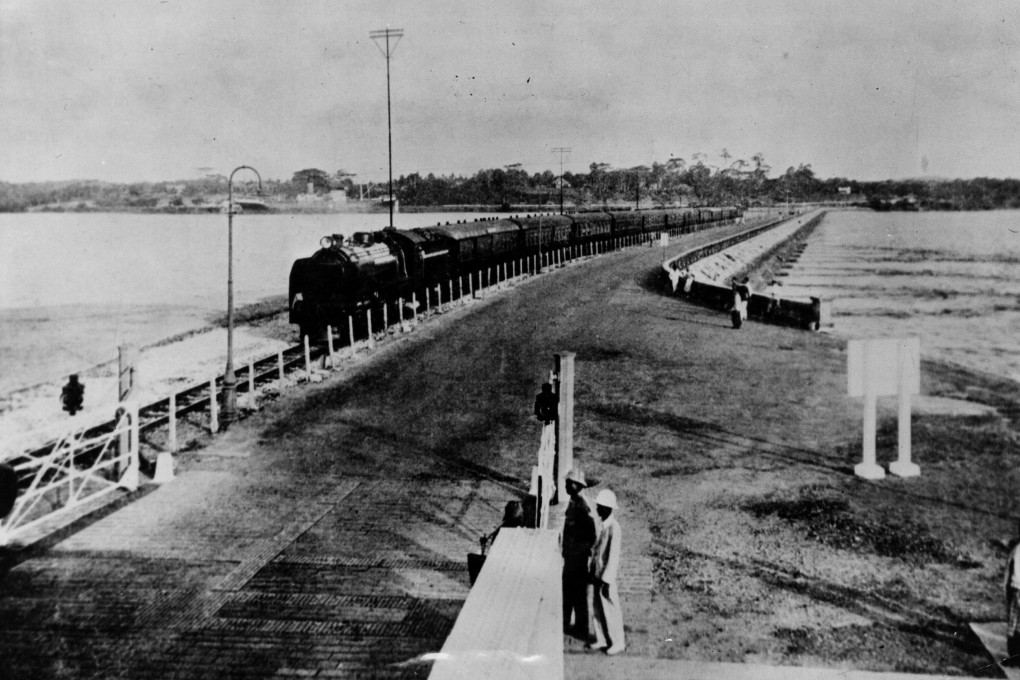Reflections | In Ukraine war and World War II, burning bridges was a symbolic act of defiance, but in ancient China destroying one saved a warlord from certain death
- From Japan’s 1942 invasion of Singapore to the recent Crimean Bridge blast, destroying bridges is futile in modern war, with engineers able to repair them fast
- But this wasn’t the case in Han dynasty China, when an outmatched warlord and his army escaped certain annihilation by destroying a bridge as they retreated

On October 8, an explosion crippled the Crimean Bridge, which connects the Crimean Peninsula with the Russian mainland.
The 18-kilometre (11-mile) bridge, which the Russians built after their 2014 annexation of Crimea, was completed in 2019 and supposedly a personal prestige project for Russian president Vladimir Putin. To the Ukrainians, however, the bridge is a hated symbol of Russia’s occupation of Crimea.
The explosion at dawn cut off road and rail access into the peninsula from Russia, and disrupted a key logistics link for Russian troops in the ongoing war between the two countries. By the evening of the same day, Russia said the rail link on the bridge was operational again but its road traffic would remain restricted.

The British and Allied forces made a similar futile gesture 80 years ago at dawn on January 31, 1942.

